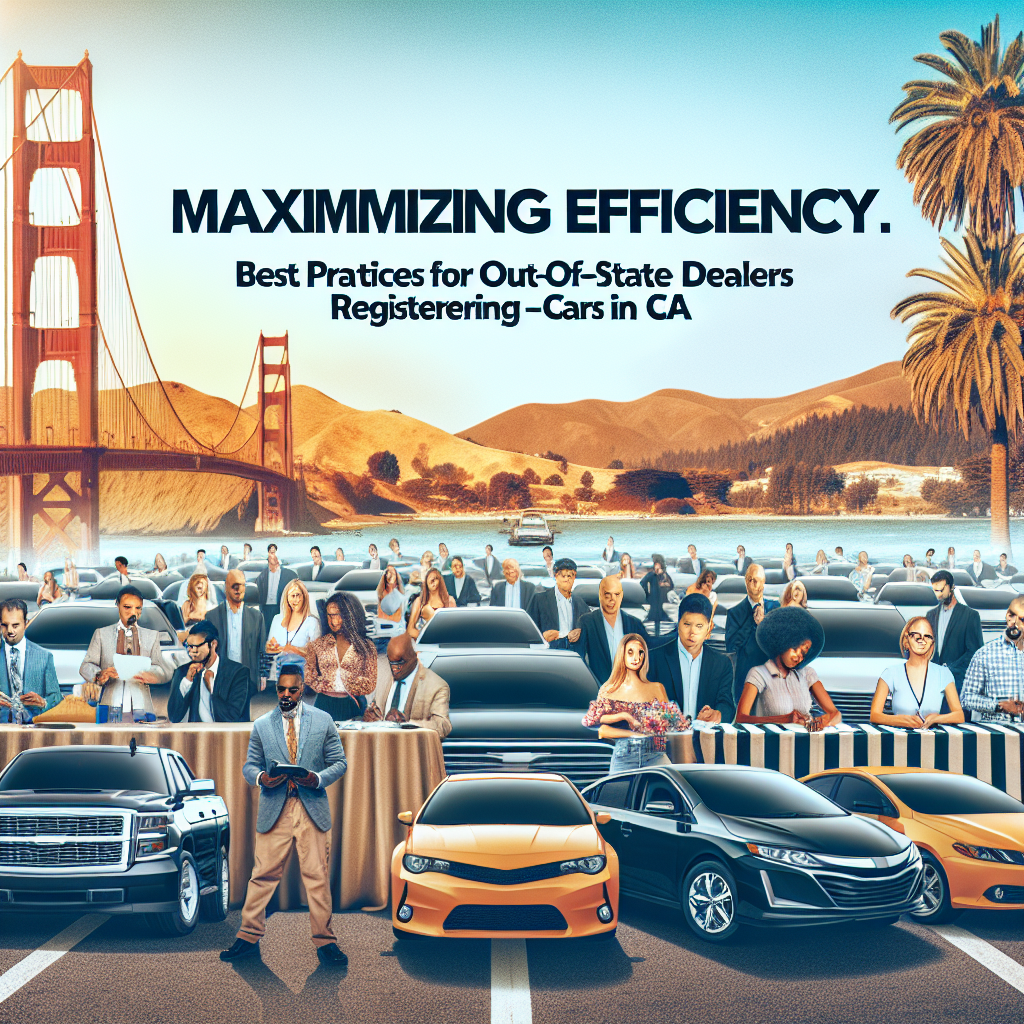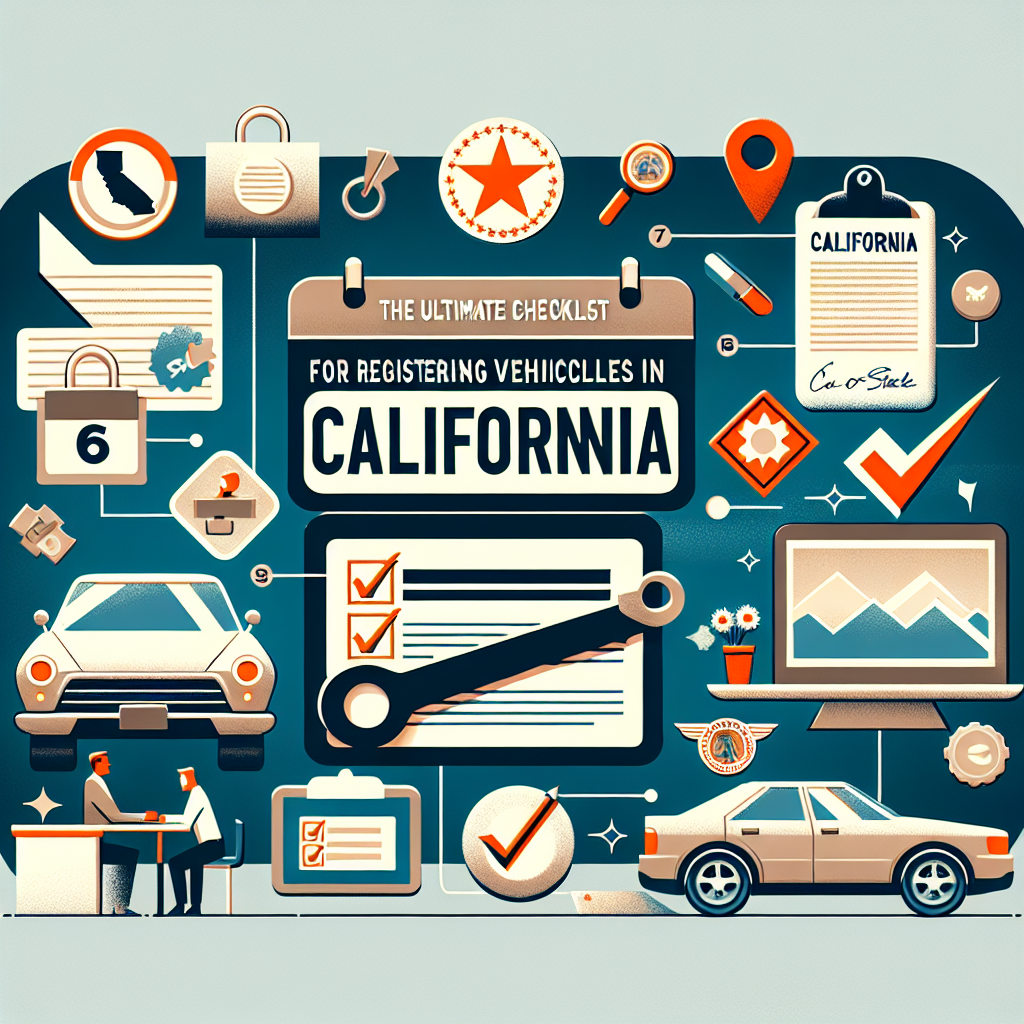Top 10 Tips to Pass Your First Smog Check in California
If you’re a first-time car owner or new to California, getting a smog check might seem a little scary. California has some of the toughest emission rules in the country, so it’s important to make sure your car meets these standards. This blog will give you some easy tips to help you pass your first smog check smoothly.
What is a Smog Check?
A smog check is a test to make sure cars aren’t putting out too much pollution. These tests help keep the air clean in California. If you own a gas-powered car made after 1975 or a diesel car made after 1997 that weighs less than 14,000 pounds, you probably need a smog check. Cars usually need this check every two years or when switching owners, based on how old they are and what type they are.
Top 10 Tips to Pass Your First Smog Check
-
Keep Your Car in Good Shape
Taking care of your car is important for passing a smog check. Make sure to change the oil, keep the air filters clean, and check the spark plugs. A well-maintained engine works better and pollutes less.
-
Check the Engine Light
A check engine light can cause problems during a smog test. If this light is on, fix the issue before going to the testing station. Use a tool to check what’s wrong or visit a mechanic.
-
Try a Pre-Smog Inspection
Think about doing a pre-smog inspection first. This can show any problems before the real test, saving you time and stress by fixing them early.
-
Warm Up Your Car
A warm engine works better and puts out less pollution. Drive for about 20 minutes before your test to make sure your engine is warm enough.
-
Use Cleaner Fuels
Use high-octane fuels or fuel additives designed to clean your engine and reduce pollution. These can help your car meet the required standards.
-
Check Your Car Battery
A weak battery can reset your car’s computer and cause false smog test problems. Make sure your battery is charged and working well before the test.
-
Check the Tire Pressure
While tire pressure doesn’t directly impact emissions, it can affect how your car performs in the test. Make sure your tires are properly inflated.
-
Fix Problems Beforehand
If you know your car has issues, like exhaust leaks, fix them before the smog test. This might include fixing vacuum leaks or changing catalytic converters.
-
Test on a Good Weather Day
Bad weather, like extreme heat or cold, can affect test results. Choose a nice day for the most accurate results.
-
Go to a Reliable Testing Station
Find a good and certified smog center for your test. Check reviews or ask others to make sure you get a fair test.
What if You Don’t Pass the Smog Check?
If your car doesn’t pass, don’t worry. First, fix the problems in the report. Many testing centers will let you retest for free within a certain time after repairs. Keep all repair papers to help with the retest.
Conclusion
A smog check might seem tough, but with the right prep and care, you can pass it. Regular car maintenance helps you pass and keeps your car running well. If you’re in San Diego, places like Tags Clinic can make the process easier.
Extra Help
For more on smog check rules, check the California Bureau of Automotive Repair (BAR). If you need help, contact a local certified smog check center near you.
By following these tips, you can confidently pass your first smog check and make sure your car meets California’s rules.



